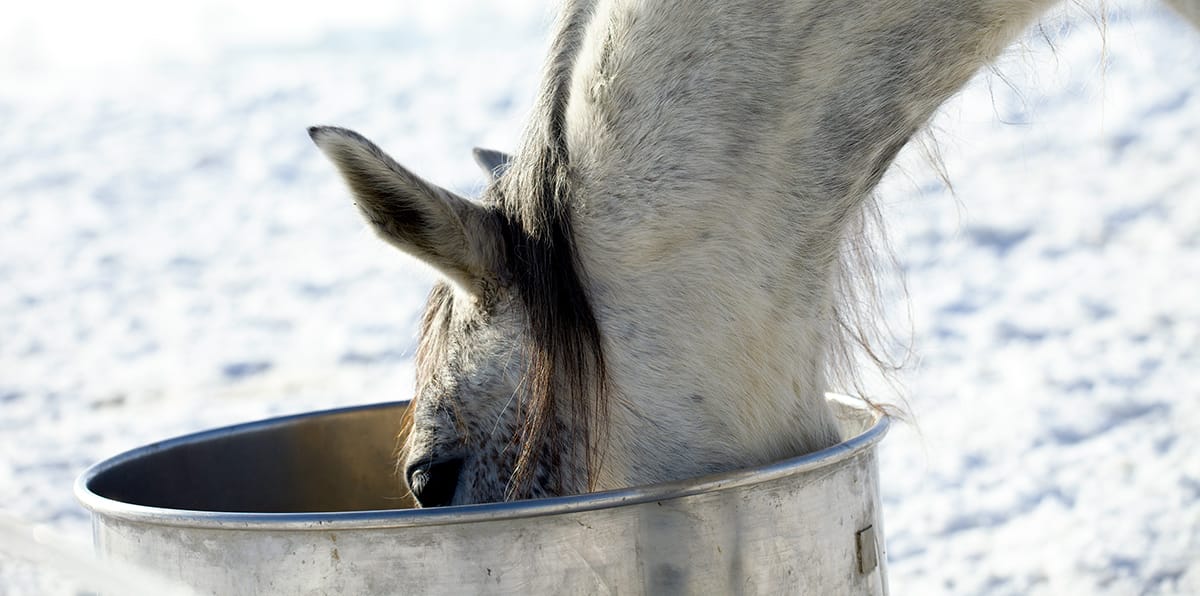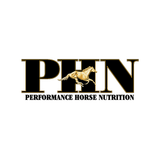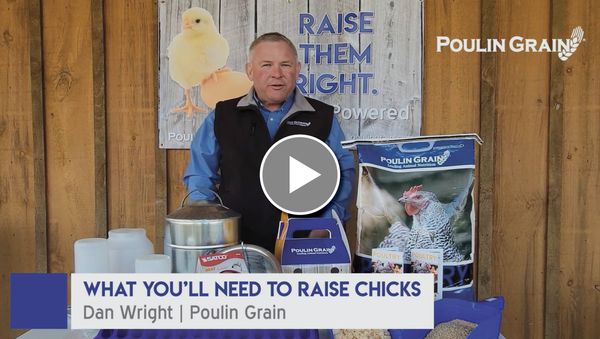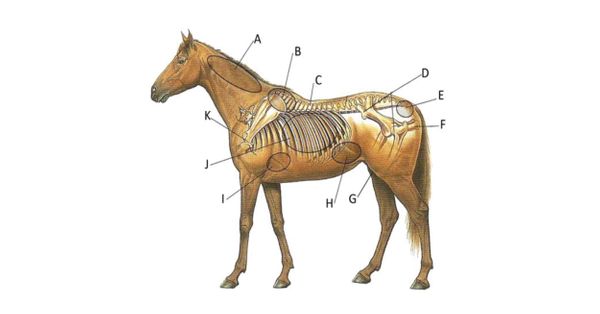Q&A with PHN: Bran

Q: What are the benefits and drawbacks of feeding wheat bran mash to horses?
A: A wheat bran mash can consist of several ingredients. The ingredients most often included are wheat bran and water.
Many people provide wheat bran to their horse for its supposed laxative effect. Unfortunately, wheat bran is ineffective as a laxative for horses, even when fed in large quantities.
Horses are natural fiber digesters (after all, they eat hay) and the amount of fiber in wheat bran will not cause a laxative effect. The potential drawback of wheat bran is the large amount of phosphorus and small amount of calcium it contains.
A diet that contains more phosphorus than calcium will cause problems with calcium metabolism. In a worst-case scenario, horses that take in large amounts of phosphorus with little or no calcium may develop “big head disease.” Horses with this disease have enlarged heads due to fibrous connective tissue replacing calcium in the skull. This disease is also called “miller’s disease” because horses eating grain by-products of the wheat milling industry often had this syndrome.
Small amounts of wheat bran or the occasional wheat bran mash will not disrupt calcium metabolism. From time to time, veterinarians recommend wheat bran be fed to horses following surgery or foaling or to horses that have lost their appetites.
The other ingredient in a bran mash is water. The premise of adding water to the feed is to increase the amount of water a horse is consuming. For this reason, wheat bran mashes are often fed during the winter when horses may not drink adequately.However, the quantity of water in even the soupiest wheat bran mash is trivial compared to the total water requirement of the horse.
The other argument for feeding wheat bran mash in the winter is based on the fact that mash is made with hot water. Some believe that a hot bran mash will help keep the horse warm during a cold winter night. The amount of hot water in a wheat bran mash certainly will not change the core body temperature of a horse. However, feeding a hot bran mash will often give the horse owner a warm, fuzzy feeling. The horse is better equipped to maintain body temperature in cold conditions when plenty of hay is provided.
Q: What is the difference between feeding wheat bran and rice bran?
A: Wheat bran is a by-product of the wheat milling industry whereas rice bran is a by-product of the rice milling industry.
The main nutritional difference is rice bran contains a high amount of fat, usually 20% fat, while wheat bran contains less than 4% fat. Due to the high fat content, rice bran is typically fed as an energy supplement to help thin horses gain weight, or as a hair coat conditioner for show horses. The fat in freshly milled rice bran is very unstable, and it will become rancid quickly. To avoid rancidity, the rice bran intended for horses is usually stabilized through a heating process. Wheat bran is fed to horses as a fiber and phosphorus source, typically mixed with water as a mash.
Contact your Poulin Grain Feed Specialist to test your hay quality and build a personalized diet for your horse.
www.PoulinGrain.com | 800.334.6731






